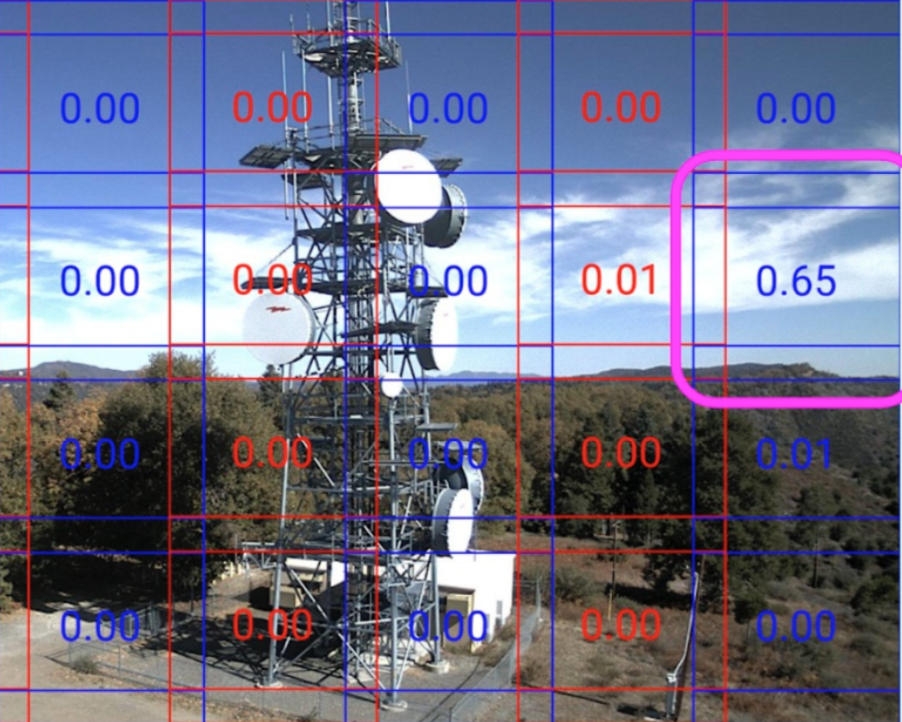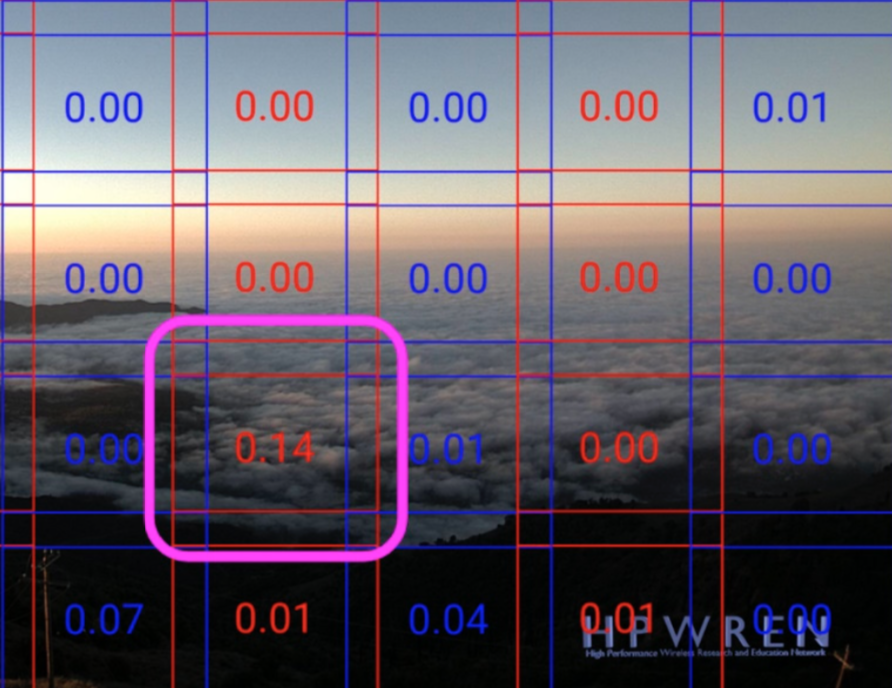Hello! My name is Allison Spring and I am a rising Junior at Northwestern University studying Environmental Engineering. This summer, I have been working collaboratively with Filippo Ferraresi and Faith John with guidance from Jennifer Dunn, Santanu Chaudhuri, and Jakob Elias to write a literature review on technology and innovations in the area of Sustainable Manufacturing and to complete a data science project. Independent of the literature review, the goal of the data science project is to train a neural network to segment fiber and air particles in Nano CT images of N95 respirators.
Sustainable Manufacturing
Due to the importance of the environmental, economic, and ethical dimensions of sustainability, a lot of research has been performed in the field of Sustainable Manufacturing. After becoming more familiar with previous literature reviews, we identified three research areas to address within the field of Sustainable Manufacturing: Material and Fuel Substitution, Industry 4.0, and Additive Manufacturing. By creating a literature review, we seek to highlight the intersections between these areas and other green and lean manufacturing practices, expose gaps in the existing literature and identify areas for future research.
Industry 4.0
By implementing existing technologies within manufacturing processes, some estimates suggest that energy consumption across the sector could be reduced by 18-26% and CO2 emissions by 19-32%. The integration of these technologies would be so revolutionary that the concept is aptly named Industry 4.0-the Forth Industrial Revolution. Figure 1 below summarizes the technological developments that have advanced manufacturing to each new paradigm.

Smart Manufacturing with Industry 4.0
A lot of technologies are encompassed by Industry 4.0 including those related to Artificial Intelligence, the Internet of Things (IoT) and Cyber-Physical Systems (CPS). These technologies along with others can be applied to various levels and processes in manufacturing to predict conditions, monitor operations, and make real-time informed decisions to optimize performance or efficiency. One example of how these multiple capacities can be leveraged is for maintenance. Through simulations based on data collected with sensors connected via the Industrial Internet of Things and Cyber-Physical Systems, the wear on machining tools can be predicted. This insight into the level of wear on machining tools is valuable because replacing and repairing machining tools can, for example, improve energy efficiency and decrease the amount of waste that is created. Moreover, understanding the relationship between wear, processing conditions, and performance presents an opportunity to optimize the life of machining tools which makes these systems more sustainable.
Furthermore, while there were case studies found during the literature search that demonstrate how these feedback loops can be integrated within existing manufacturing processes, other theoretical research suggests that Industry 4.0 could contribute to a massive paradigm shift in manufacturing processes. Research on the concept of Biologicalization or biological transformation in manufacturing suggests that in the future, Industry 4.0 could allow industrial machines to imitate biological processes such as healing, calibration, and adaptation. In the analogy created by Byrne et al. between artificial and natural systems, the Internet of Things functions as the nervous system by connecting sensors, processers, and automated feedback loops.
Pre- and Post-Consumer Logistics with Industry 4.0
In addition to this influence over manufacturing processes, Industry 4.0 technology has also been used to inform sustainable product design and to establish more agile supply chains. To start, Artificial Intelligence was applied to product design in the aviation sector to calculate a sustainability score for proposed designs based on the processes required to manufacture the design and its life cycle. Big Data combined with Machine Learning, is also valuable in supply chains. One case study used these technologies to predict environmental and social risks within a supply chain to aid human decision making.
Moreover, more theoretical publications have also considered how Industry 4.0 could be employed during the transition to a more circular economy through Reverse Logistics which considers the supply chain infrastructure that would be required to “close the loop” as shown in Figure 2. Some of the general challenges of implementing a circular economy that could be approached using Industry 4.0 include minimizing costs, waiting times, and energy consumption during remanufacturing and recycling processes.

Conclusion
The next step in my research is to analyze the relationship between case studies that demonstrate how manufacturing can be retrofitted with Industry 4.0 and more theoretical papers that suggest a proactive integration of Industry 4.0 into manufacturing processes. From this process, I hope to understand the trajectory and the end-state model for Industry 4.0 as well as areas where additional research is needed to support this transition.
I have really enjoyed learning more about Sustainable Manufacturing and the significance Industry 4.0 could have on manufacturing and beyond. If you, too want to learn more about this research, look out for new entries by Filippo Ferraresi and Faith John about other innovative areas in Sustainable Manufacturing!
References
Fu, Y., Kok, R. A. W., Dankbaar, B., Ligthart, P. E. M., & van Riel, A. C. R. (2018). Factors affecting sustainable process technology adoption: A systematic literature review. In Journal of Cleaner Production (Vol. 205, pp. 226–251). Elsevier Ltd. https://doi.org/10.1016/j.jclepro.2018.08.268
Tesch da Silva, F. S., da Costa, C. A., Paredes Crovato, C. D., & da Rosa Righi, R. (2020). Looking at energy through the lens of Industry 4.0: A systematic literature review of concerns and challenges. In Computers and Industrial Engineering (Vol. 143, p. 106426). Elsevier Ltd. https://doi.org/10.1016/j.cie.2020.106426
The Importance of Reverse Logistics in Your Supply Chain. (n.d.). Retrieved August 13, 2020, from https://www.newcastlesys.com/blog/the-importance-of-reverse-logistics-in-your-supply-chain















